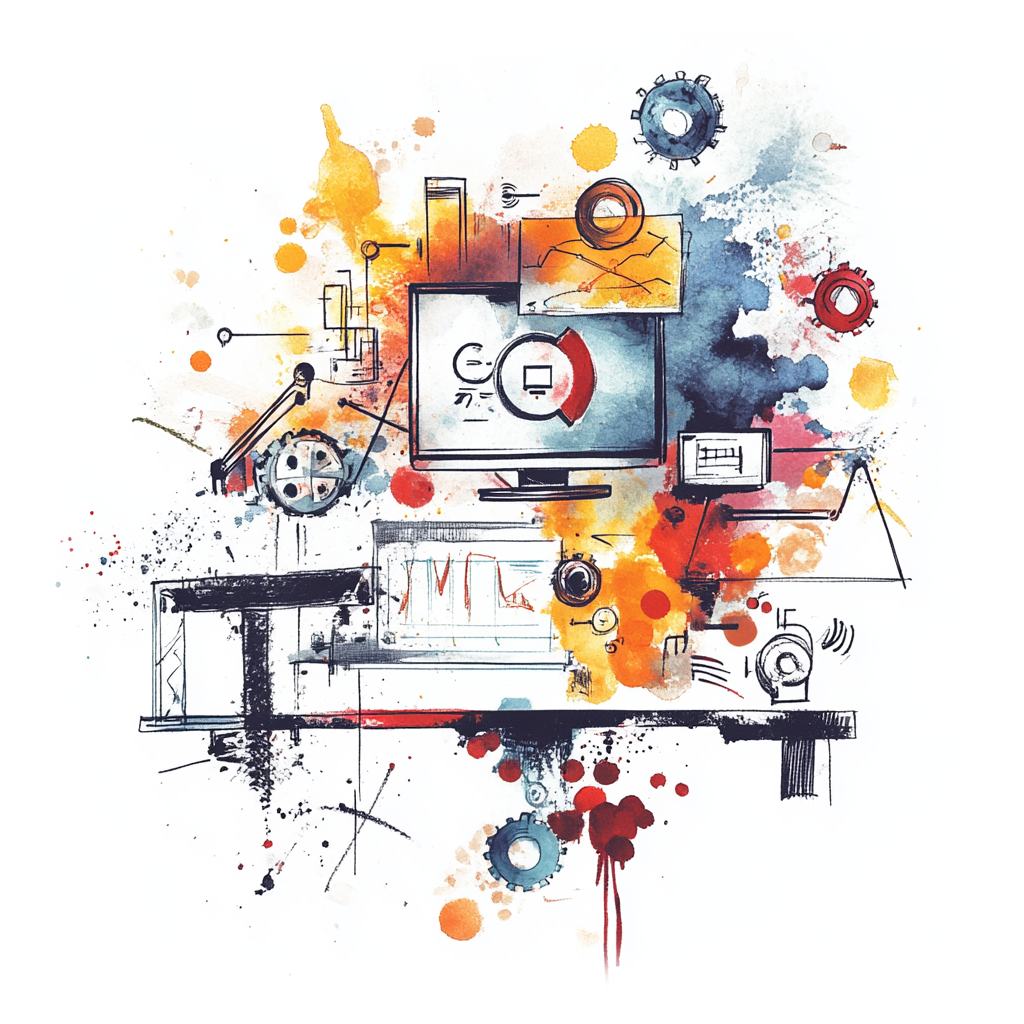Leveraging Self-Owned AI in Horticulture
Learn how Horticulture companies can leverage self-owned AI to enhance their operations and drive innovation.

Harnessing Your Own AI: A Game Changer for Upstream Horticulture Operators
In the vibrant world of horticulture, upstream operators play a crucial role—growing plants and preparing them for market. Yet, like any industry, they face challenges that can impact efficiency and profitability. Enter the age of innovation, where your own AI could revolutionize your operations. Imagine having a smart assistant, a buddy that helps you make better decisions, automate routine tasks, and even predict the future of your crops. Let’s dive into how this can work for you.
Real-World Use Cases in Horticulture
1. Crop Health Monitoring
Picture this: you're walking through your fields, but instead of guessing which plants look healthy or struggling, you have an AI that analyzes images of your crops for signs of disease or nutritional deficiencies. By simply taking photos, your AI can help you catch potential problems before they spread, saving you time and money.
2. Tailored Fertilization Schedules
Every plant is unique. Your own AI can dig into data about growth patterns, soil composition, and weather conditions to create personalized fertilization schedules. No more guesswork! Just targeted recommendations that enhance growth and yield.
3. Market Trend Forecasting
What if you could predict what crops would be in high demand three months from now? Your AI can analyze market trends, historical sales data, and social media buzz to identify which crops are likely to sell best—a game-changer for planting decisions.
4. Streamlining Labor Management
Managing a team can be tricky. Your own AI can help streamline communication, schedule shifts, and manage labor requirements based on upcoming tasks, weather patterns, and crop growth stages. It’s like having a personal assistant who knows the ins and outs of your operation!
Why Go for Your Own AI?
Utilizing your own AI system comes with a treasure trove of benefits:
1. Tailored to Your Needs
Unlike a one-size-fits-all solution, your own AI can be customized to cater to your specific horticultural practices. It’s like having a suit tailored just for you.
2. Data Ownership
With an AI that's self-hosted, you maintain complete control over your data. In today’s world, where data privacy matters more than ever, this can set you apart from competitors who rely on third-party platforms.
3. Cost-Effective in the Long Run
While the initial investment may seem daunting, by streamlining processes and maximizing yields, your self-hosted AI can pay off—often in ways you never even recognized were possible.
4. Flexibility and Scalability
As you grow, so can your AI. You can build on its capabilities, adding features or adapting it as the needs of your business evolve without being boxed in.
Steps to Get Started
Ready to take the leap? Here’s how to get your own AI up and running:
Step 1: Identify Your Needs
Start by mapping out the specific challenges you face in your operations. Is it labor management, crop health, or market analysis? Determine what you want your smart assistant to do.
Step 2: Gather Your Data
For AI to be effective, it needs data. Compile existing data about your crops, sales, labor management, and environmental conditions. Don’t be afraid to dig deep—more data means smarter AI.
Step 3: Choose the Right Technology
Look for platforms or tools that enable you to build a custom AI experience. There are many options ranging from machine learning software to platforms designed specifically for agricultural applications.
Step 4: Collaborate with Experts
If the world of AI seems a bit overwhelming, enlist the help of professionals. Collaborating with data scientists or tech consultants can ease the transition and help you avoid common pitfalls.
Step 5: Pilot Test Your AI
Before rolling it out on a larger scale, conduct a pilot test. This allows you to evaluate its performance, troubleshoot issues, and make necessary adjustments.
Step 6: Train Your Team
Educate your team about how to use the AI tool effectively. This is crucial—they need to feel comfortable and confident in using this new technology.
Step 7: Monitor and Iterate
Regularly review the AI’s performance, continuously fine-tuning algorithms and updating data to ensure it meets your evolving needs.
In Conclusion
The horticulture industry is ripe with opportunity for those willing to embrace innovation. Your own AI isn’t just a futuristic dream; it’s a tool that can enhance productivity, drive profitability, and encourage environmentally friendly practices. So, roll up your sleeves and start planting the seeds for a smarter future—your crops may just thank you for it!
By thinking creatively and harnessing the power of technology, upstream operators in horticulture can cultivate not just their plants, but their path towards efficiency and success. The future is bright—let your own AI be the sunlight that fuels your growth.
